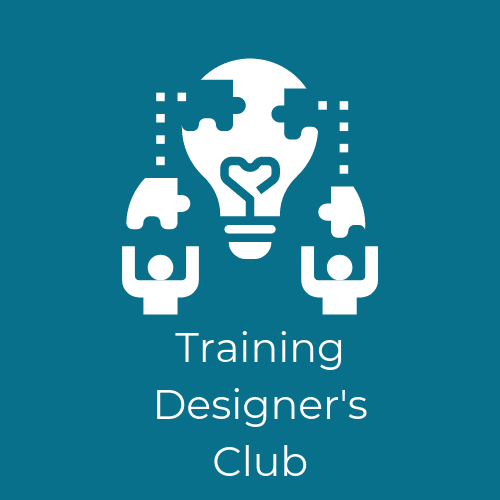There are ALWAYS a lot of questions around how to evaluate training. How to prove that it’s worked. There’s a very useful resource you can download about this, highlighting practical ways to implement the Kirkpatrick Model (VIP members, just search the member resources).
But I think the question behind the question is ‘How can we make sure our training has impact?’
Because measurement is just measurement. What MATTERS is whether the training leads to an improvement in whatever it was supposed to be addressing. So maybe we should be focused more on helping learning to transfer?
To this end, I thoroughly recommend you check out the work on Dr Ina Weinbauer-Heidel. In her research on learning transfer, she has found that (in traditional training), 15% of learners get a positive outcome in that they transfer learning to the job successfully; 70% attempt to transfer learning but (for a range of reasons) fail to do so; and 15% don’t even try.
So what is the reason for this lack of transfer?

Her research identified over 100 factors that influence transfer of learning… she focused on 12 factors that L&D professionals can influence, which she has called 12 Levers of Transfer Effectiveness.
These Levers fall into 3 categories: Trainees, Design and Organisation – You can imagine my delight when the importance of training design (not delivery) was highlighted as one of the three main factors of training transfer!
Trainees
- Transfer motivation: The desire to implement what has been learned
- Self-Efficacy: The extent to which someone is convinced they can master the acquired skills in practice
- Transfer Volition: The trainees determination to see things through and overcome any obstacles to implementation
Training Design
- Clarity of Expectations: The extent to which trainees know what to expect before, during and after the training
- Content Relevance: The extent to which the content is relevant to their roles and work environment
- Active Practice: The extent to which training provides opportunities to experience and practice new skills and behaviours
- Transfer Planning: The extent to which the transfer is prepared for during training.
Organisation
- Opportunities for Application: The extent to which situations will arise for learners to apply their learning in the workplace
- Personal Transfer Capacity: The extent to which learners have the capacity – in times of time and workload – to apply new skills
- Support from Supervisors: The extent to which line managers actively demand, monitor and support learning transfer
- Support from Peers: The extent to which learners have supportive colleagues
- Transfer Expectations: The extent to which trainees expect positive consequences from applying what they’ve learned, or negative consequences as a result of non-application.
So as L&D professionals we only REALLY have control over 1/3 of the transfer. We need to work in partnership with the organisation AND make sure that the right people are attending training (for the right reasons and with the right motivation) to truly achieve results.
To learn more, check out the TRAINING DESIGN PODCAST
